Our Laboratory Directed Research and Development program serves as a proving ground for innovative concepts, providing seed funding for selected high-risk, high-reward research ideas. It attracts promising young scientists and engineers and encourages them to pursue new approaches to problems.
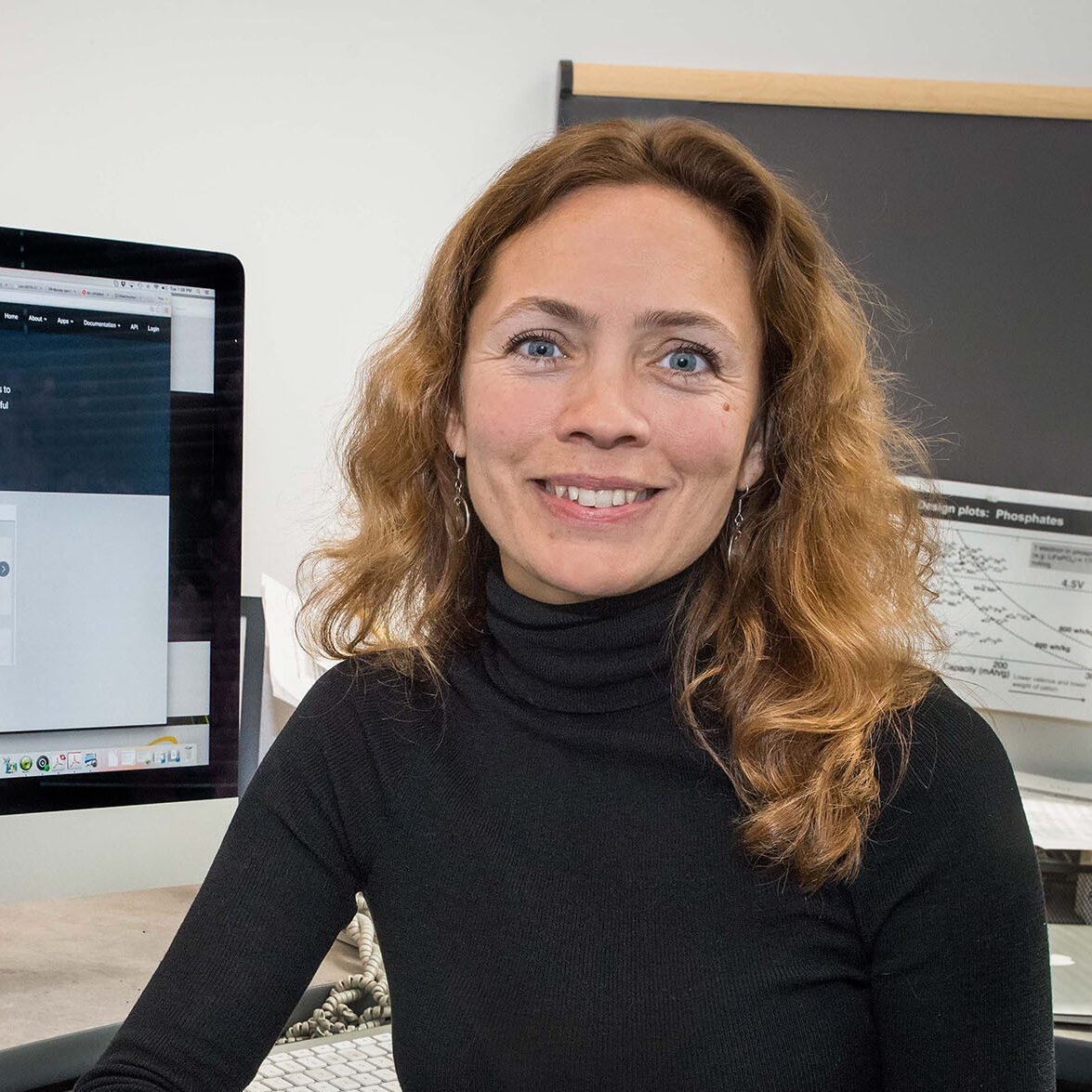
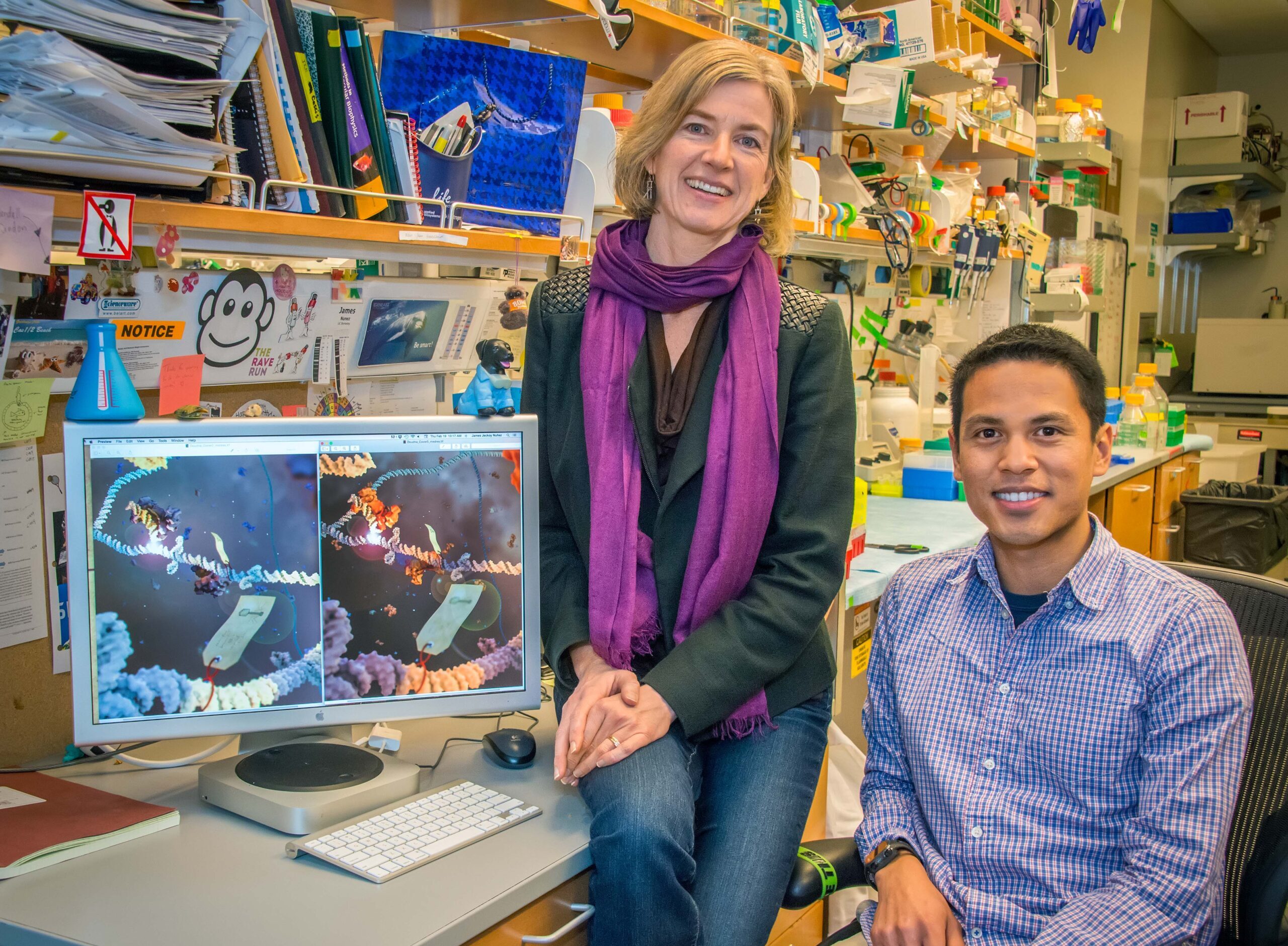
Biochemist Jennifer Doudna, a professor at UC Berkeley and faculty scientist at Berkeley Lab, is co-winner of the 2020 Nobel Prize in Chemistry for “the development of a method for genome editing.”
In 2008, Doudna’s nascent research on CRISPR RNA strands and the Cas1 protein was funded by an LDRD program award through her Berkeley Lab affiliation.
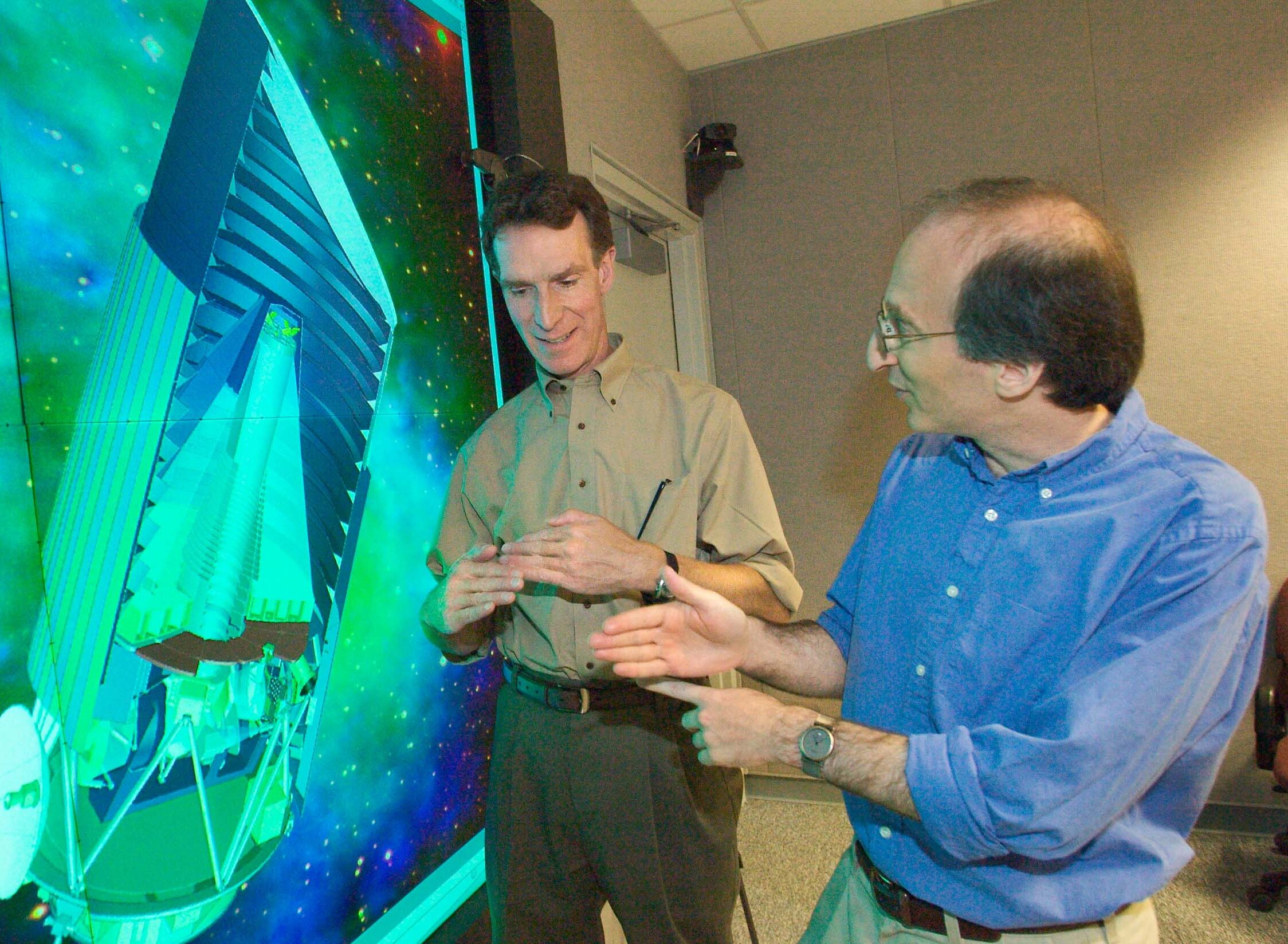
An LDRD grant in 1996 provided the critical resources for Saul Perlmutter to prove his theory that the expansion of the universe was accelerating. Perlmutter won the Nobel Prize in Physics 2011.
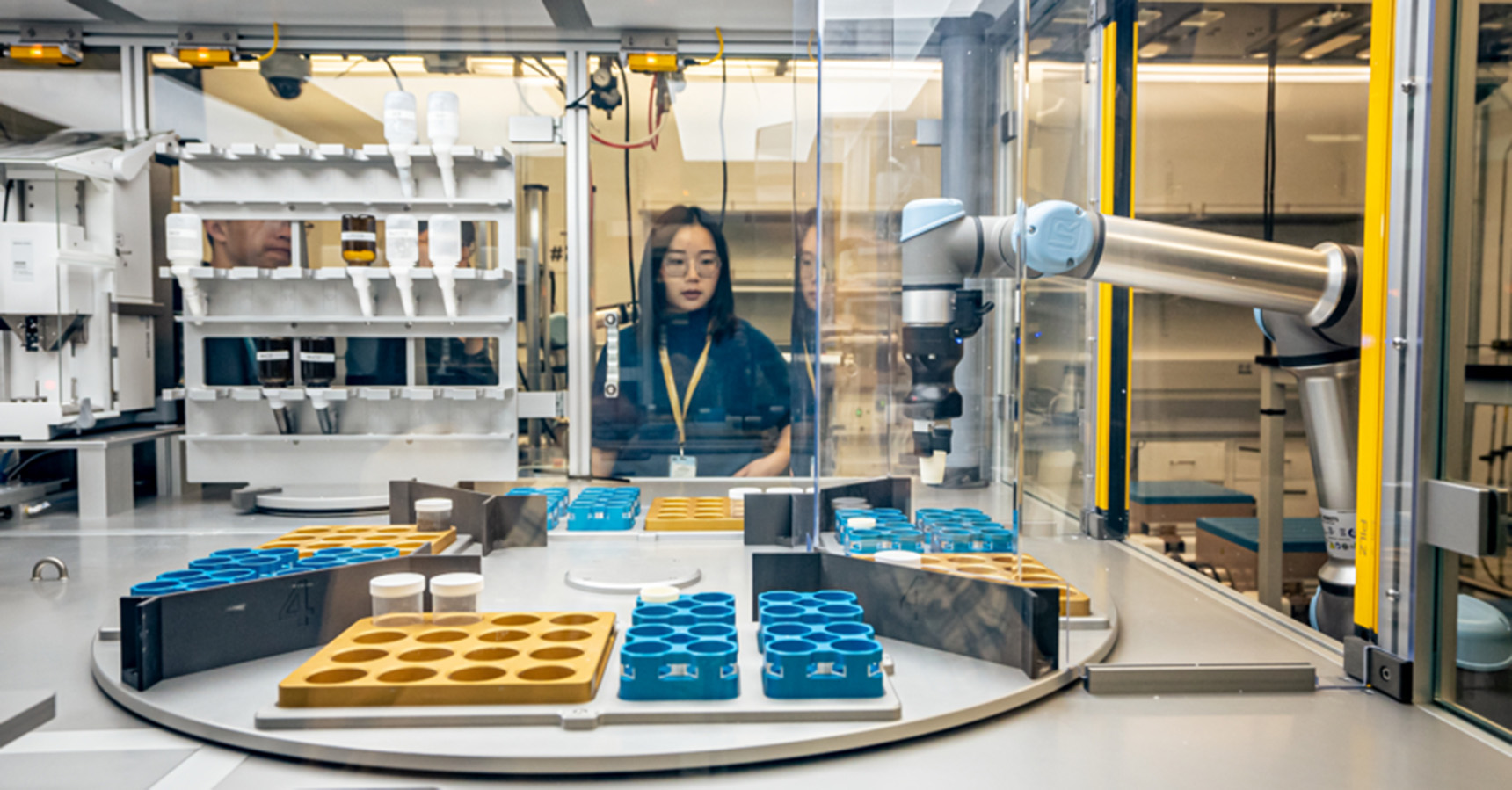
Researchers are building a new kind of automated lab that uses robots guided by artificial intelligence to accelerate the development of useful new materials. Work on A-Lab began in 2020, and the project later received funding from the LDRD Program.
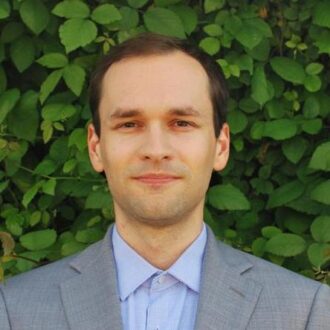
Andrew is a career track research scientist in the Energy Storage group. His research focuses on the development of glass materials for energy technology applications.
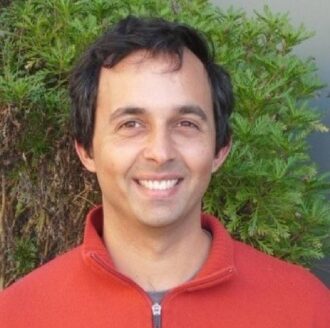
Arun’s research focuses on the application of ion beam technology from creating new quantum qubits to applying gamma-ray spectroscopy to measure the distribution of carbon in soils and applying neutron technologies for planetary sciences.
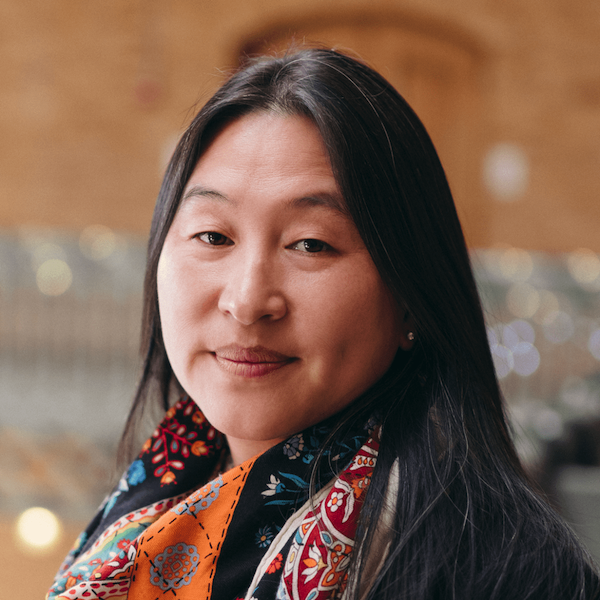
Xu focuses on designing, characterizing and understanding complex systems of synthetic polymers, nanoparticles and biomolecules to develop new functional materials that exhibit novel electronic, photonic, and biological properties.
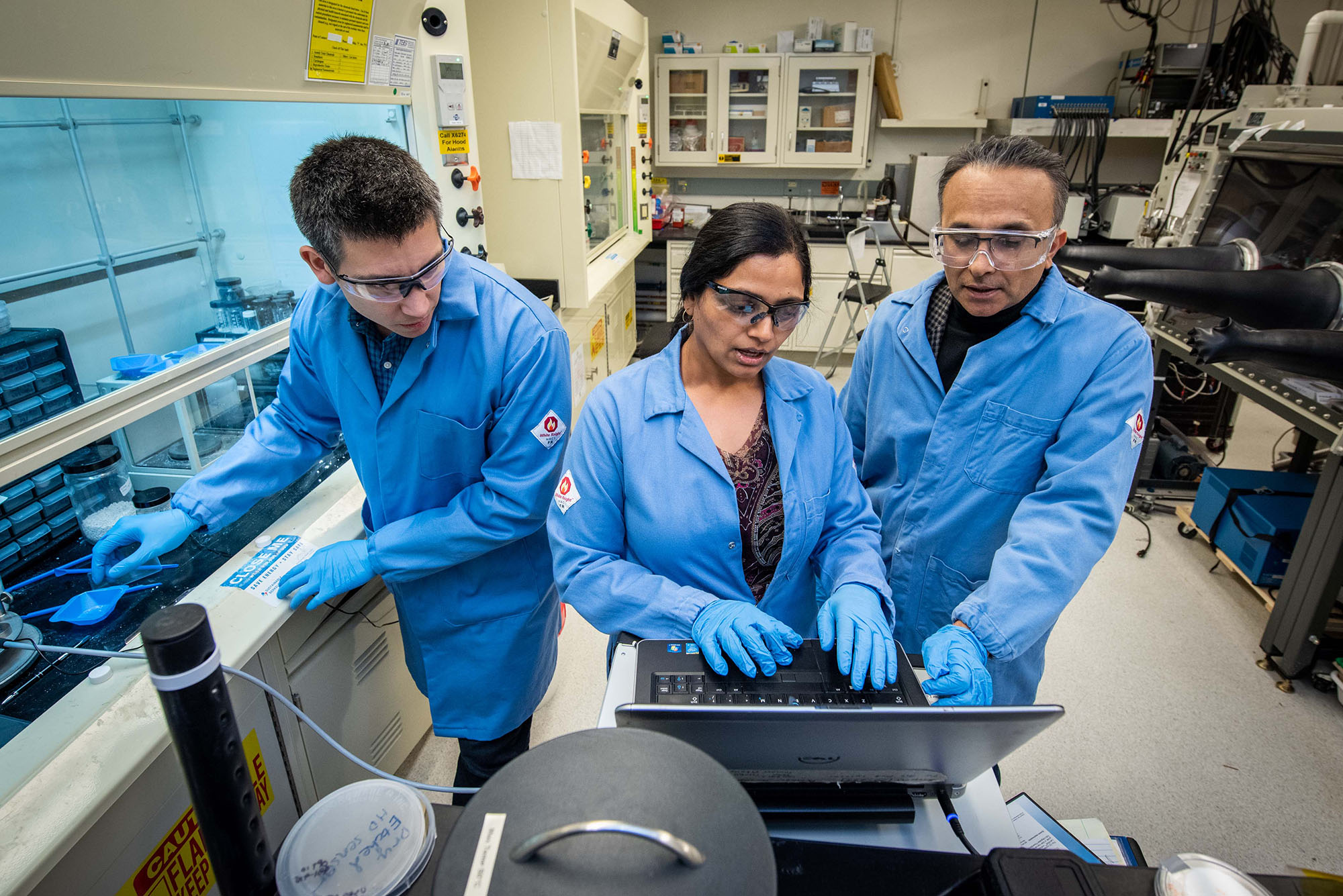
The Thermal Energy Group conducts research in manipulating matter at nanoscale dimensions for novel applications in a multitude of thermal, solar, and electrochemical energy devices and systems.
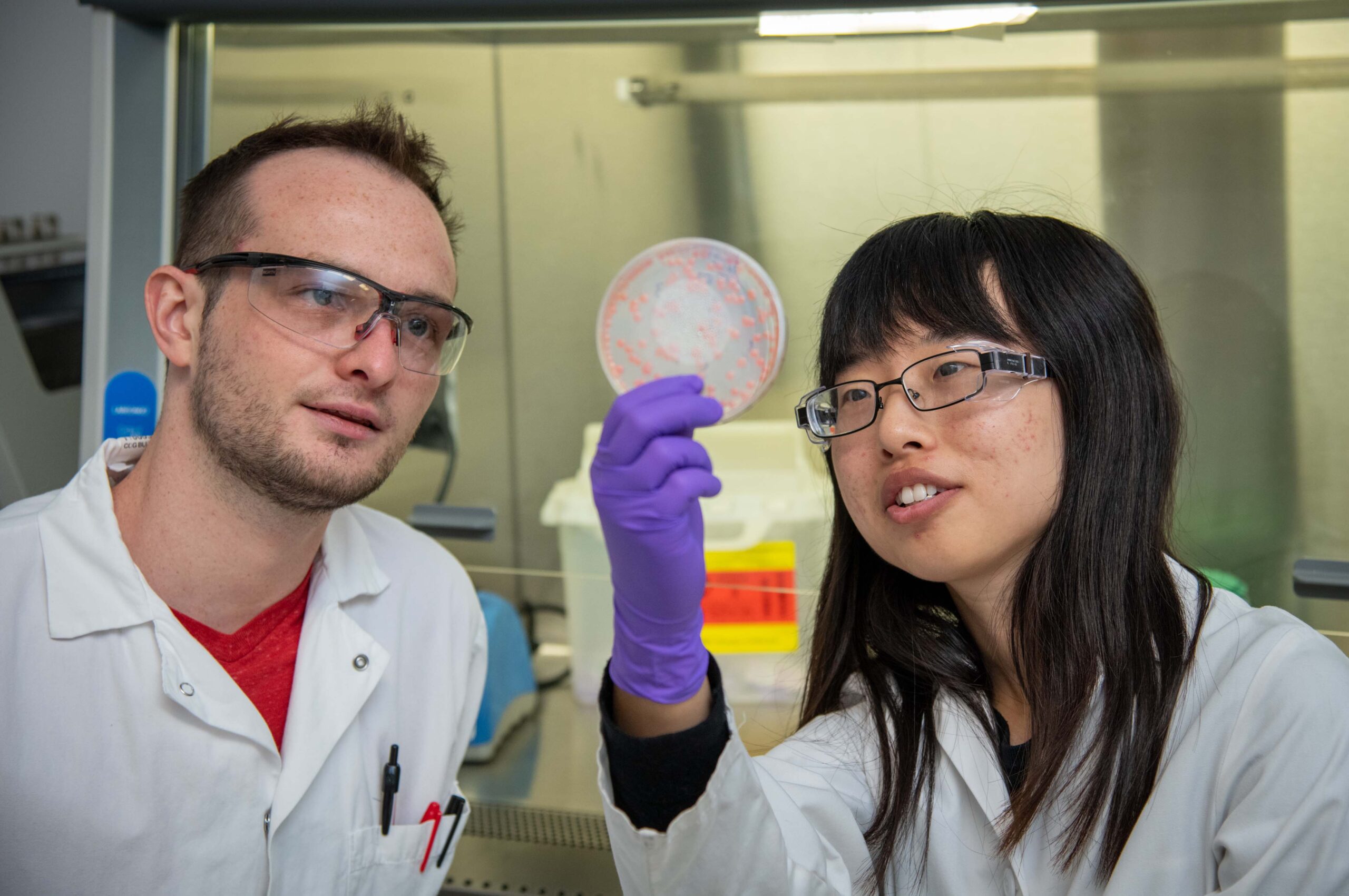
The ABF, a leading public biofoundry that got its start as an LDRD project, collaborates with industry and academia to accelerate the development of biology based products and tools for bioengineering.
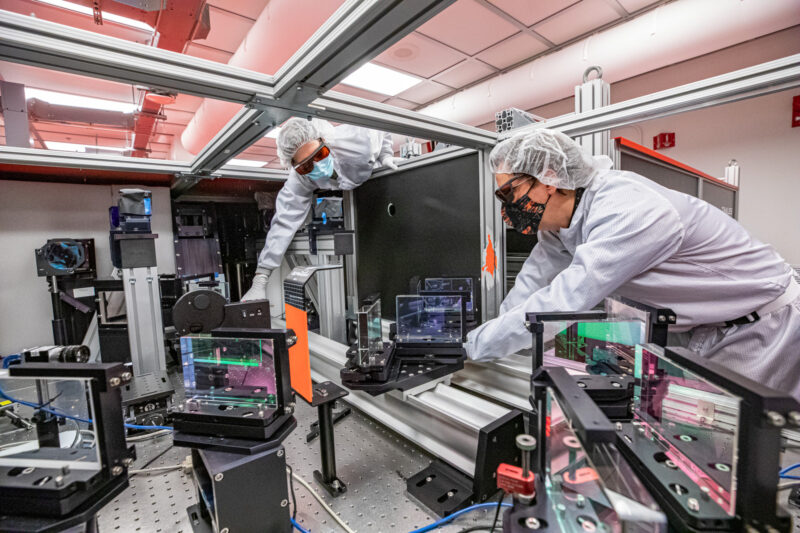
The BELLA Center focuses on the development and application of laser-plasma accelerators (LPAs) to enable the next generation of high-energy physics for applications in science, medicine, security, and industry.
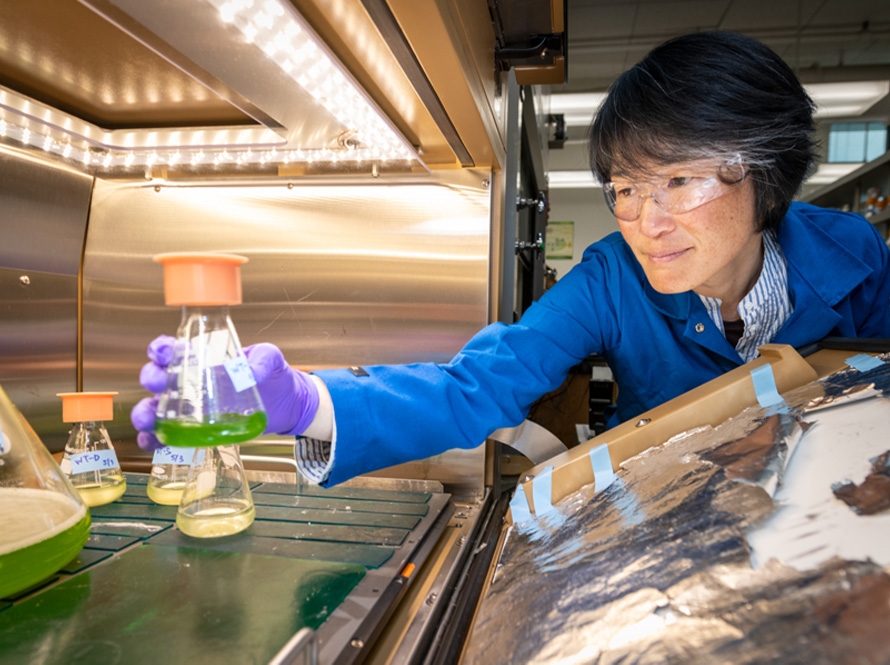
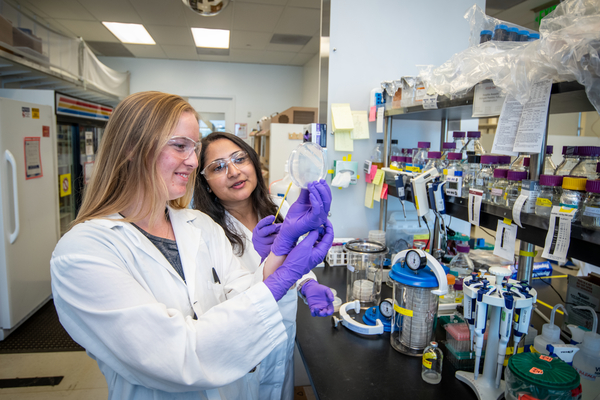
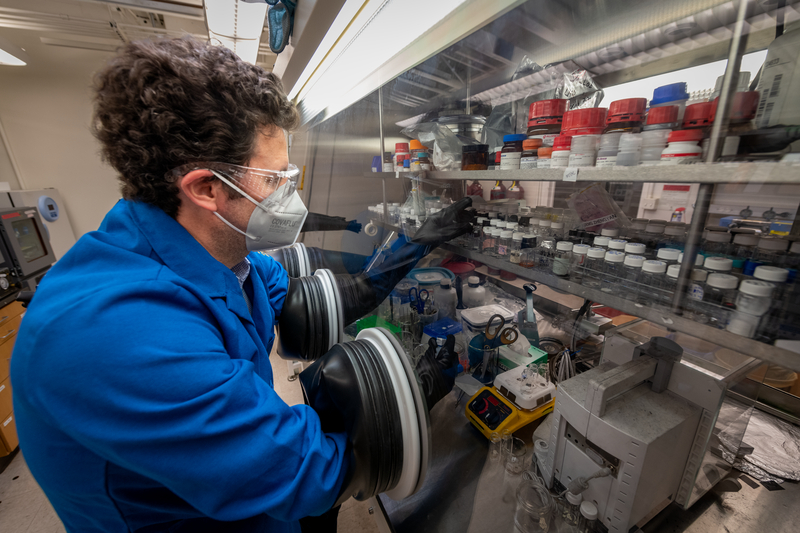
The LDRD program is the single most important tool Berkeley Lab has to set strategic research directions and is considered to be the Lab’s “seed funds for the future.” LDRD has been a critical component in the support of high-potential projects across the Lab, helping to grow them from proof of principle projects to fully mature — and DOE-funded — programs.
